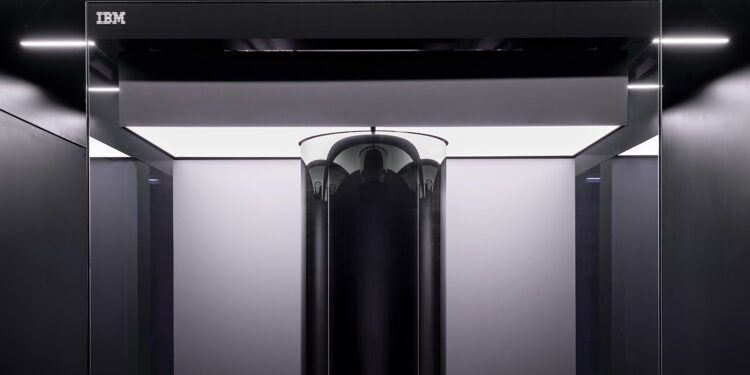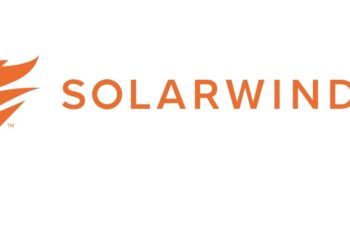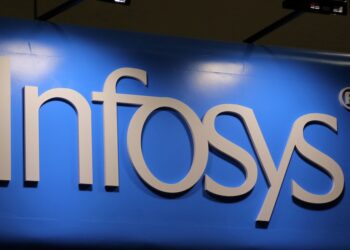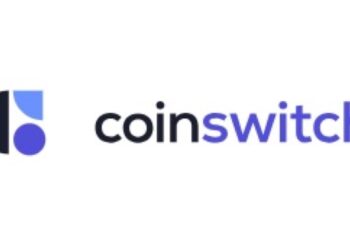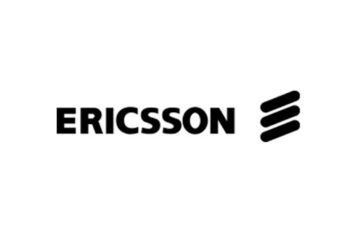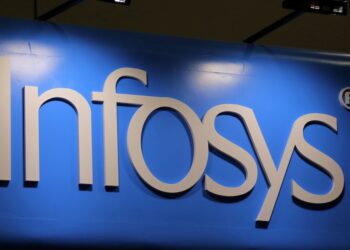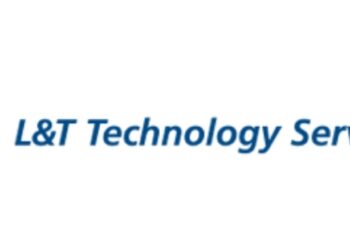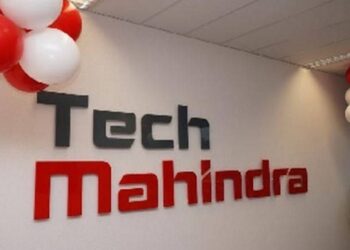The University of Tokyo (UTokyo) and IBM (NYSE: IBM) announced plans to deploy the latest 156-qubit IBM Heron* quantum processing unit (QPU), which will be operational in the IBM Quantum System One administered by UTokyo for the members of the Quantum Innovation Initiative (QII) Consortium. The IBM Heron QPU, which features a tunable-coupler architecture, delivers a significantly higher performance than the processor previously installed in 2023.
This is the second update of the IBM Quantum System One as part of the collaboration between UTokyo and IBM. It was first deployed with a 27-qubit IBM Falcon QPU, before being updated to a 127-qubit IBM Eagle QPU in 2023. It is now transitioning to the latest generation, highly performant IBM Heron later this year. IBM has deployed four Heron-based systems worldwide and their performance shows significant improvement over the previous Eagle QPU, with a 3-4x improvement in two-qubit error rates; an order of magnitude improvement in device-wide performance benchmarked by errors across 100-qubit long layers; continued improvement in speed, with a 60 percent increase in CLOPS expected; and a system uptime of more than 95%. The latest IBM Heron processor has continued to demonstrate immense value in orchestrating utility-level workloads, to date, with multiple published studies leveraging these systems’ capability of achieving more than 5,000 gate operations.
UTokyo is also planning to link the IBM Quantum System One to the Miyabi supercomputer later this year, enabling a quantum centric supercomputer. This will give the industry and academic users of the QII Consortium access to new computational capabilities and increasing performance in the domain areas such as chemistry, bioinformatics, high energy physics, materials science, finance and among many other disciplines.
Miyabi is a supercomputer operated jointly by the UTokyo and the University of Tsukuba through the Joint Center for Advanced High Performance Computing (JCAHPC). Miyabi is equipped with the most advanced CPUs and GPUs, and consists of two subsystems, Miyabi-C and Miyabi-G. Under current plans to be linked with UTokyo’s Heron-powered IBM Quantum System One later this year, the Miyabi supercomputer will allow QII users to explore computational problems such as making more precise measurement of quantum observables with neural network estimators.
“This update to an IBM Heron quantum processor, linked to our Miyabi supercomputer will allow us to further develop use cases that leverage quantum and AI capabilities, expanding the realm of computable problems in science and accelerating efforts to solve societal challenges.” said Hiroaki Aihara, Executive Vice President, UTokyo.
“By deploying our latest, best performing IBM Heron QPU in UTokyo’s IBM Quantum System One, as well as connecting the system to the Miyabi supercomputer, UTokyo will now join the leading global organizations that are defining the future of supercomputing. This quantum-centric supercomputer will provide QII Consortium members with new, more powerful computing power to solve problems that we anticipate will achieve quantum advantage,” said Jay Gambetta, Vice President, IBM Quantum.
Since UTokyo and IBM launched the Japan–IBM Quantum Partnership in 2019, UTokyo has continued to expand access to quantum computing in Japan. The aim of the Japan-IBM Quantum Partnership initiative, which has included the QII Consortium since 2020, is to accelerate the collaboration between industry, academia, and government to advance Japan’s leadership in quantum science, business, and education. The consortium has published more than 140 research papers based on experiments run on the IBM Quantum System One installed in Japan. UTokyo is also part of a consortium of universities in Japan, South Korea, and the United States to prepare more than 40,000 students for the quantum workforce over the next decade.
Source: IBM
Also Read: Airtel Launches AI-Powered Security Solution to Protect Customers from Online Scams
